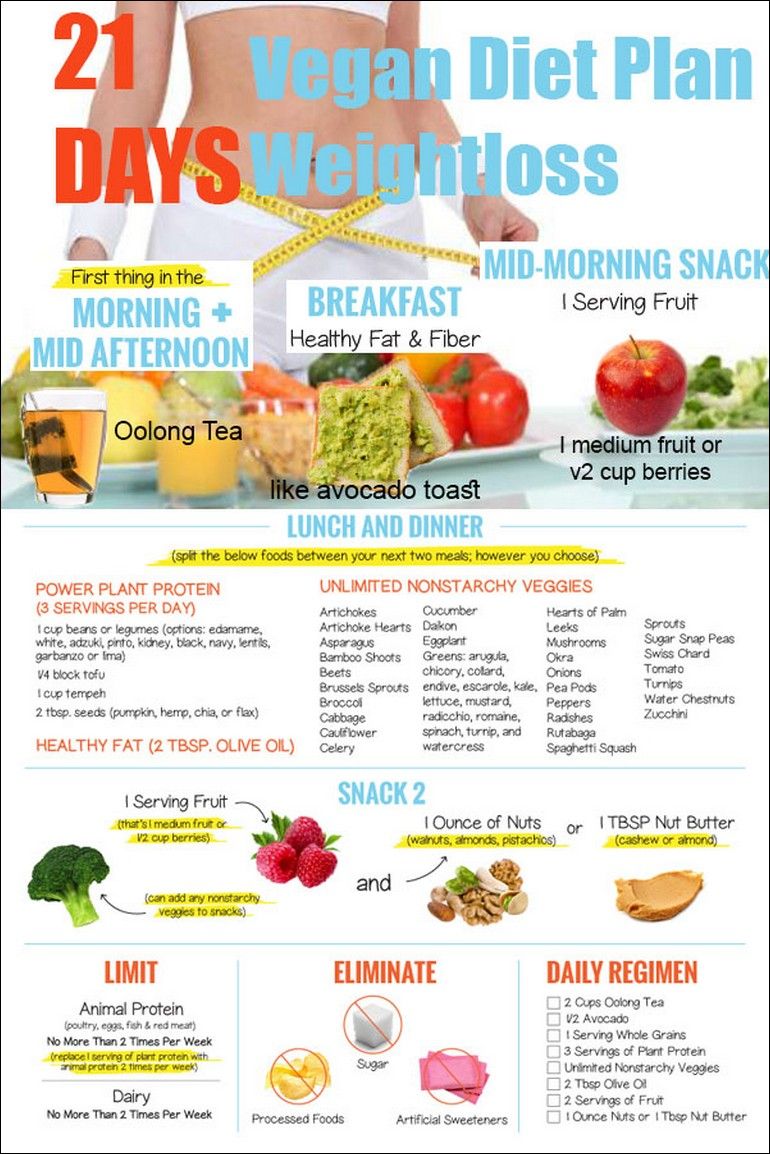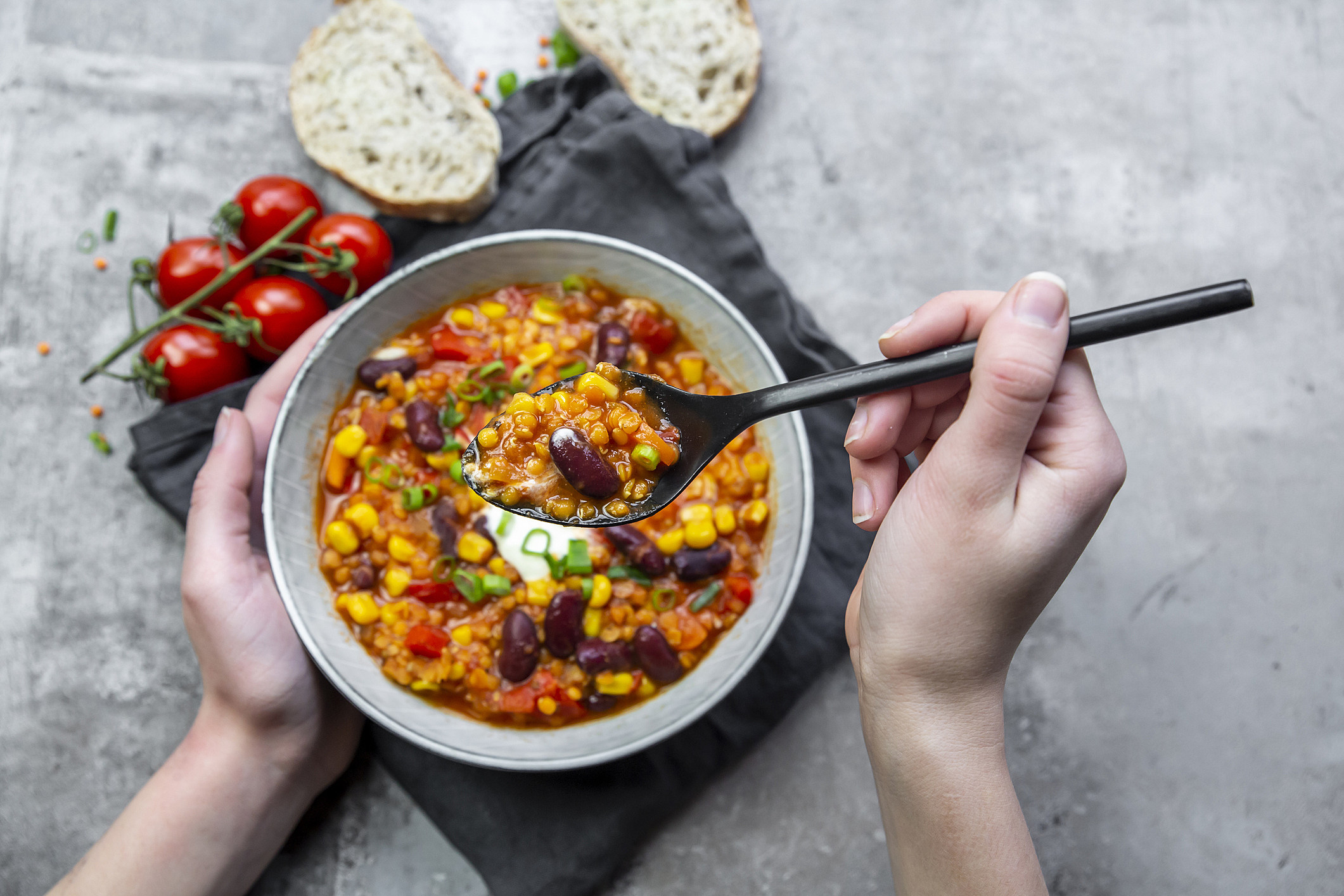
Animal products are often believed to contain vitamins and mineral. But, this is often false. Vitamin B12 is found in many animal products, which aids your body to build healthy nerve cells, blood cells and DNA. This vitamin is present in meat and dairy products as well as in grass-fed animal product. Your body gets your B12 from the soil and water microorganisms. Unfortunately, modern humans are less likely to get this vitamin naturally, and they have to eat fortified foods to meet the requirement.
Vitamin B12
Vegan vitamin B12 supplements come in a variety of forms. Most of the methylcobalamin forms are easy to absorb. Hydroxocobalamin (which is found naturally in animal foods) is another form. It's also the most stable form, but most experts disagree that it's the best one to take.
A standard vitamin B12 supplement with a serving size at 2,500 micrograms per serve is sufficient for most people. This means that you will only need one to two of these daily to maintain healthy levels. You can also purchase a cherry-flavored form of B12, which contains a higher serving size. While this won't give you the same flavor as a regular pill, it's relatively inexpensive per serving.
Iron
Iron is a vital nutrient. Traditionally, it has been obtained from seafood and animal products. However, recent research suggests that vegans can get adequate amounts of iron from a plant-based diet. There are many plant-based sources of iron, including fruits, grains and seeds. Iron can also be found in eggs, dairy products, and milk. So, it's important to know what you're eating, and how much iron you're getting. Here are some tips for keeping your iron levels balanced on a vegan lifestyle.

You can track your diet for several weeks if you are worried about your iron level. Then, consult a licensed health professional to find out whether you need to take a supplement. To increase your iron intake, you can also search for vegan iron recipes.
Calcium
Understanding what foods you can eat is important if you want to get the nutritional benefits of calcium as a vegan. Many plant-based meals are high in this essential mineral. But, you should be aware that too much calcium in your diet can be detrimental to your health. There are many recipes that use high-calcium foods like tofu. It is made with calcium-fortified plant-based dairy milk and has calcium-set properties.
Calcium is critical for bone health as well as vital for nerve and vascular function. It can be hard to get enough calcium on a vegan diet because vegans consume less calcium than omnivores. There are however fortified foods available that can help vegans meet their calcium needs.
Zinc
Zinc is crucial for vegan nutrition. There are a number of ways to boost your intake of this mineral, including soaking grains and legumes for a minimum of 30 minutes before cooking. Also, toasting nuts and seeds can improve their zinc content.
Zinc can also be found in tofu, pulses, and wholegrains (quinoa, wholemeal noodles, brown rice pasta, brown rice lentils, lentils. nuts. sesame seed. But it is important to keep in mind that zinc absorption rates from plant sources are lower than those from animal sources. Vegans are often deficient in zinc. These people are vulnerable to a wide range of health problems, including vision impairment and skin conditions.

Iodine
Iodine can be found in vegan foods and is also found in the ocean. Vegans can take iodised salt or eat iodized plant-based milk products. You should be cautious as too much seaweed iodine can cause heavy metal contamination. There are many vegetarian sources for iodine including dried prunes which have 13 mg per serving.
One study comparing the levels of iodine in vegetarians and vegans showed that a vegan diet could be good for your overall health. Researchers conducted a 24-hour recall that allowed them to assess dietary intake. They also asked subjects about their iodine supplement use and vegan or vegetarian status. The total intake was determined based on food consumed, macroalgae, and supplements. The study was conducted to determine if the human body had sufficient iodine.
FAQ
How often should you exercise?
It is important to exercise for a healthy lifestyle. However, there's no time limit on how much you should exercise. It is important to find something you enjoy, and then stick with it.
If you work out three times a week, then aim to complete 20-30 minutes of moderate intensity physical activity. Moderate intensity will mean that you'll continue to be exerting yourself afterward. This type is good for burning around 300 calories.
Walk for 10 minutes four days a semaine if you prefer walking. Walking is low-impact and easy on your joints.
Jogging for 15 minutes three days a week is a good option if you prefer to run. Running is an excellent way to lose weight and tone your muscles.
Start slow if it's your first time exercising. You can start with only 5 minutes per week of cardio. Gradually increase the time you do cardio until your goal is reached.
Do I have to count calories?
You may be wondering "what is the best diet for you?" or "is counting calories necessary?" This depends on several factors like your current health and personal goals. Your preferences and overall lifestyle.
The Best Diet For Me: Which One Is Right?
The best diet for me depends on my current health status, my personal goals, my preferences, and my overall lifestyle. There are many diets available, some good and others not so good. Some diets work well for some people and others do not. So what should I do? How do I make the right choice
These are the main questions addressed by this article. This article begins with a brief overview of the various types of diets that are available today. Then, the pros and cons of each type of diet are discussed. We will then look at how to pick the right one for you.
Let's start by taking a look at the various types of diets.
Diet Types
There are three main types: low fat, high proteins, and ketogenic. Let's briefly discuss them below.
Low Fat Diets
A low-fat diet is one that limits the intake of fats. This is done by reducing your intake of saturated oils (butter and cream cheese, etc.). You can replace them with unsaturated oils (olive oil and avocados) For those looking to lose weight quickly, a low fat diet is often recommended. This kind of diet could cause constipation or heartburn and other digestive problems. It can also lead to vitamin deficiencies, if someone doesn't get enough vitamins in their food.
High Protein Diets
High protein diets are known to restrict carbohydrate intake and promote the consumption of protein. These diets have higher protein levels than other diets. These diets are meant to help increase muscle mass and decrease calories. However, they might not provide enough nutrition for those who need to eat frequently. They may also be too restrictive and not suitable for everyone.
Ketogenic Diets
The ketogenic diet is also known by the keto diet. They are high in fat, moderately high in protein, and low in carbohydrates. These are often used by bodybuilders and athletes because they allow them the ability to train harder and for longer periods of time without feeling tired. To avoid side effects such as fatigue, nausea, headaches, or other unpleasant side effects, you must strictly adhere to their instructions.
What's the difference between a virus & a bacterium?
A virus, a microscopic organism that can not reproduce outside of its host cells, is called a virus. A bacterium (or single-celled organism) reproduces by splitting itself into two. Viruses are small, around 20 nanometers in size. Bacteria are much larger, at 1 micron.
Viruses are spread via contact with infected bodily liquids such as urine, saliva, semen and vaginal secretions. Bacteria are often spread via direct contact with contaminated surfaces and objects.
Viruses can enter our bodies through cuts, scrapes, bites, or other breaks in the skin. They can also penetrate the nose, lips, eyes and ears, vagina,rectum, or anus.
Bacteria can get into our bodies through cuts, scrapes and burns, insect bites, or other skin breaks. They may also be introduced into our bodies through food and water as well as soil, dirt, dust, and animals.
Both bacteria and viruses can cause illness. But viruses do not have the ability to multiply within their hosts. They only infect living tissues when they cause illness.
Bacteria can grow in their hosts and cause disease. They can even invade other parts of the body. Antibiotics are needed to eliminate them.
Statistics
- According to the 2020 Dietary Guidelines for Americans, a balanced diet high in fruits and vegetables, lean protein, low-fat dairy and whole grains is needed for optimal energy. (mayoclinichealthsystem.org)
- According to the Physical Activity Guidelines for Americans, we should strive for at least 150 minutes of moderate intensity activity each week (54Trusted Source Smoking, harmful use of drugs, and alcohol abuse can all seriously negatively affect your health. (healthline.com)
- WHO recommends reducing saturated fats to less than 10% of total energy intake; reducing trans-fats to less than 1% of total energy intake; and replacing both saturated fats and trans-fats to unsaturated fats. (who.int)
- In both adults and children, the intake of free sugars should be reduced to less than 10% of total energy intake. (who.int)
External Links
How To
What does the "vitamin") mean?
Vitamins are organic compounds naturally found in food. Vitamins allow us to absorb nutrients from food. Vitamins cannot come from the body so food must provide them.
There are two types: water-soluble and fat-soluble vitamins. Water-soluble vitamins dissolve quickly in water. You can find vitamin C,B1 or thiamine, B2 or riboflavin and B3 or niacin. B6 is pyridoxine. Folic acid, biotin and pantothenic are some examples. Fat soluble vitamins are stored in the liver and fatty tissue. Some examples include vitamin D and E, K, A, beta carotene, and A-vitamins.
Vitamins are classified according to their biological activity. There are eight major vitamin groups:
-
A – Essential for normal growth, and the maintenance of good health.
-
C is important for nerve function and energy production.
-
D - essential for healthy teeth and bones.
-
E - Required for good vision, reproduction.
-
K – Required for healthy muscles & nerves.
-
P - essential for strong bones, teeth and tendons
-
Q - Aids in digestion and absorption.
-
R – Required for making red blood vessels.
The recommended daily allowance of vitamins (RDA), varies depending upon age, gender, physical condition, and other factors. The U.S. Food and Drug Administration has established the RDA values.
For adults over 19 years, the RDA is 400 mg per day for vitamin A. For fetal development, pregnant women require 600 micrograms per daily. Children ages 1-8 require 900 micrograms per day. For infants younger than one year, 700 micrograms are required daily. However, this number drops to 500 micrograms each day for children aged 9-12 months.
Children aged 1-18 years need 800 micrograms daily, while children overweight require 1000 micrograms per days. Children who are severely obese or underweight will need 1200 micrograms each day.
Children 4-8 years old with anemia will need 2200 mg of vitamin D daily.
2000 micrograms is the minimum daily intake for general health in adults older than 50 years. Due to their increased nutrient needs, pregnant and breastfeeding women need 3000 micrograms daily.
1500 micrograms is the recommended daily intake for adults aged 70+, as they lose 10% of their muscle every ten years.
Women who are pregnant or lactating need more than the RDA. Pregnant mothers need 4000 micrograms per daily during pregnancy and 2500 after giving birth. Breastfeeding mothers need 5000 mg per day when breastmilk is being produced.